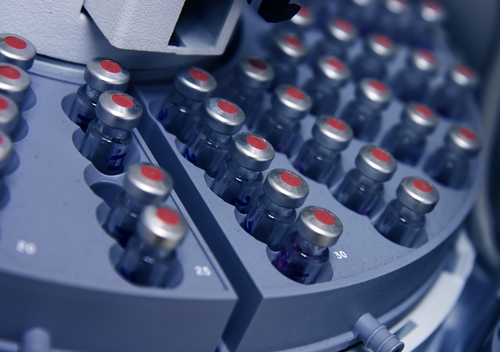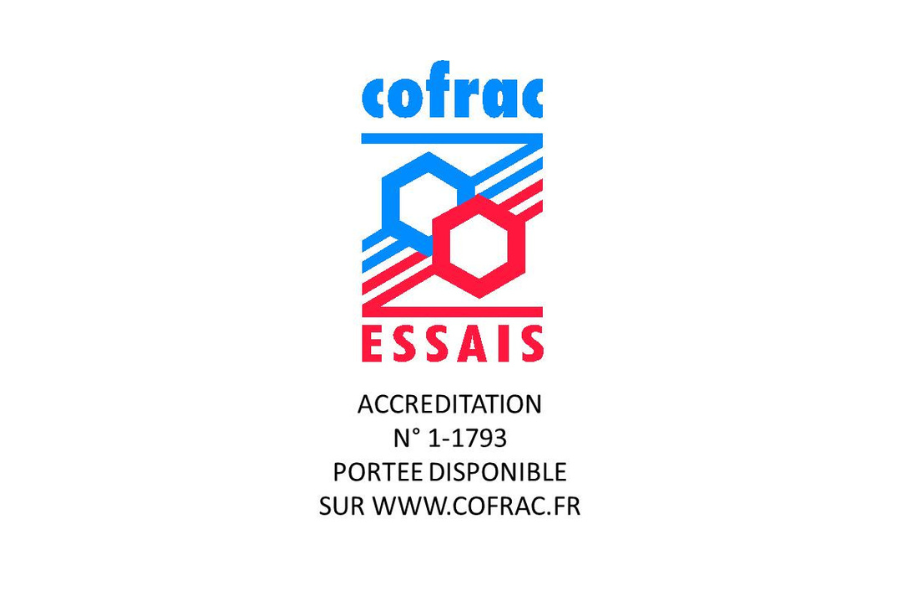Reminder: what is arsenic?
Arsenic is a chemical element with an electronic configuration similar to that of phosphorus, and is located just above it on the periodic table. Like phosphorus, arsenic can form covalent bonds with other elements. However, it also has metallic properties, making it useful for making alloys. Arsenic is used in many fields, including the semiconductor industry, alloy manufacture, agriculture (in the form of pesticides) and medicine (in certain cancer treatments). However, excessive exposure to arsenic can be harmful to health, as it is toxic to human cells. Arsenic is also considered a known human carcinogen.
Arsenic is frequently dosed in industry for several reasons. Firstly, arsenic can be a common contaminant in various types of industrial chemicals and processing agents. Companies that produce or use these chemicals may be required to carry out regular tests to check for the presence of arsenic in their samples.
In addition, arsenic may be present in soil samples as a result of environmental contamination. Analysis laboratories may therefore be asked to carry out tests on soil samples taken from industrial areas or which have been exposed to chemicals containing arsenic.
Finally, laboratories can carry out arsenic measurements as part of scientific research studies. Scientists can study the effects of arsenic on the environment, pharmacology and other related subjects. An arsenic assay is needed to measure the concentration of arsenic in samples and to understand how it interacts with other chemical compounds.










